How to make a compost bin out of pallets – gardening pros reveal how to repurpose old wood for vital compost
Pallets might seem like bulky waste, but with a little DIY they can make perfect compost bins
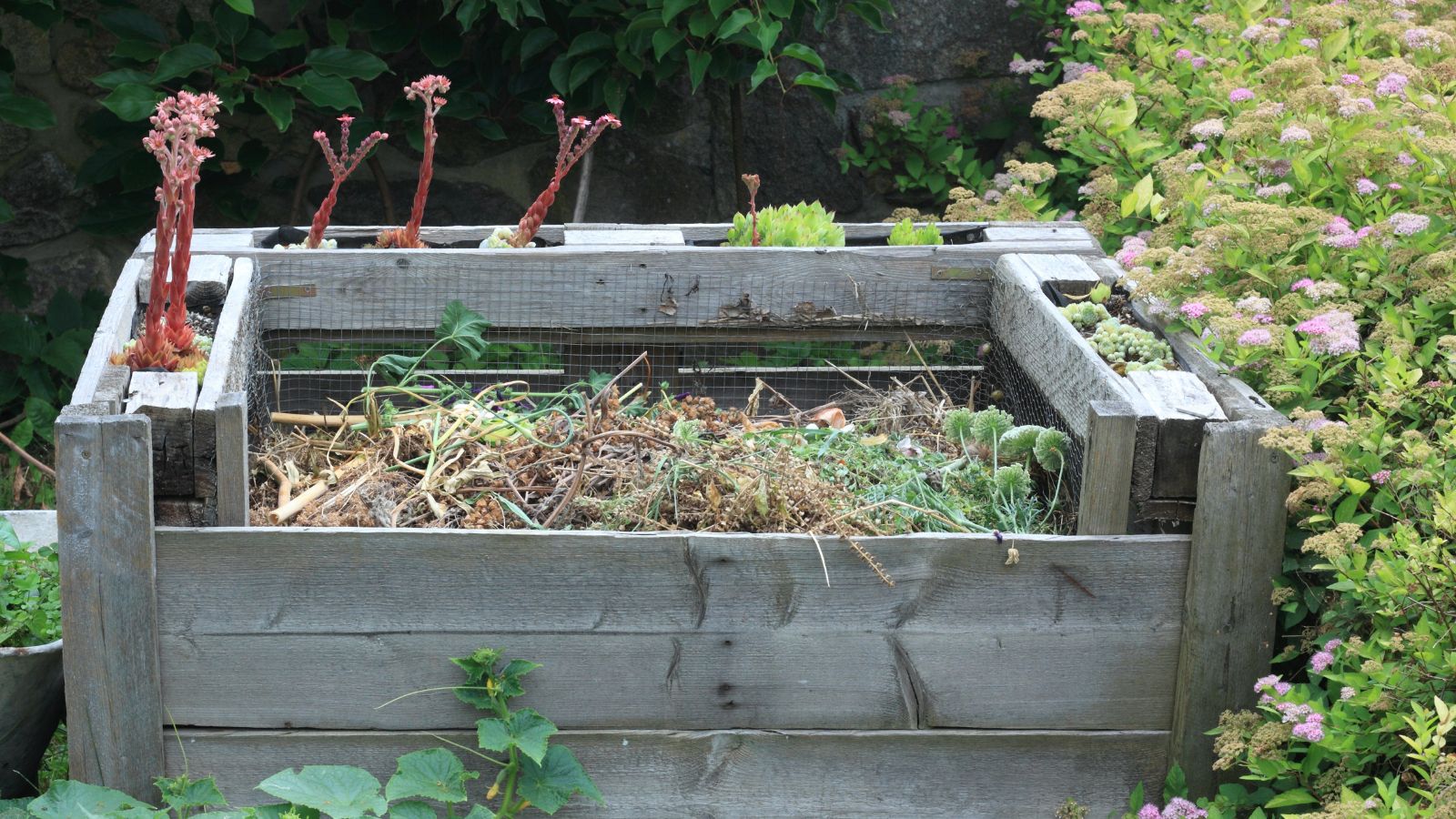

Pallets can be particularly frustrating household waste. If you've ever had a large appliance like a fridge or hot tub delivered on pallets, you'll know that it can be tricky to get rid of them, and many people just break them up for firewood.
But before you get out the pallet buster, consider this: with a little work, you can turn these delivery leftovers into a perfect compost bin, providing you with a home for nutritious, homemade compost.
I spoke to gardening experts about this simple pallet idea for your backyard and got advice on the fastest and best-looking ways to rig a pallet compost bin of your own.
What you need
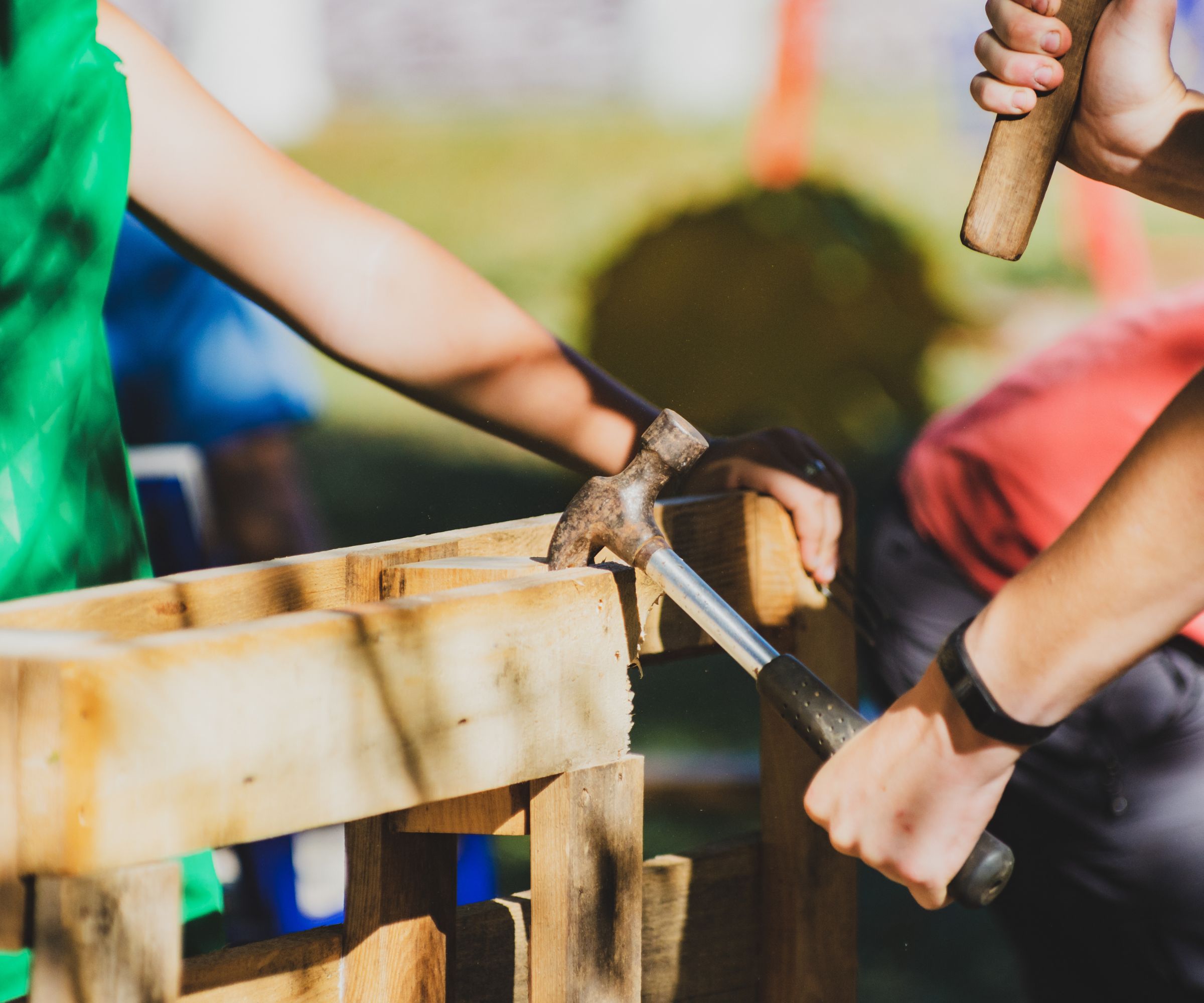
- 3-4 pallets
- Work gloves like these from Amazon
- Rope/zip ties/screws
- Pallet buster like this from Walmart
- Door hinges
- Screwdriver
- Stakes
- Bolt lock
- Chicken wire like this from Tractor Supply Co.
- Tarpaulin
Choosing the right spot for your pallet compost bin
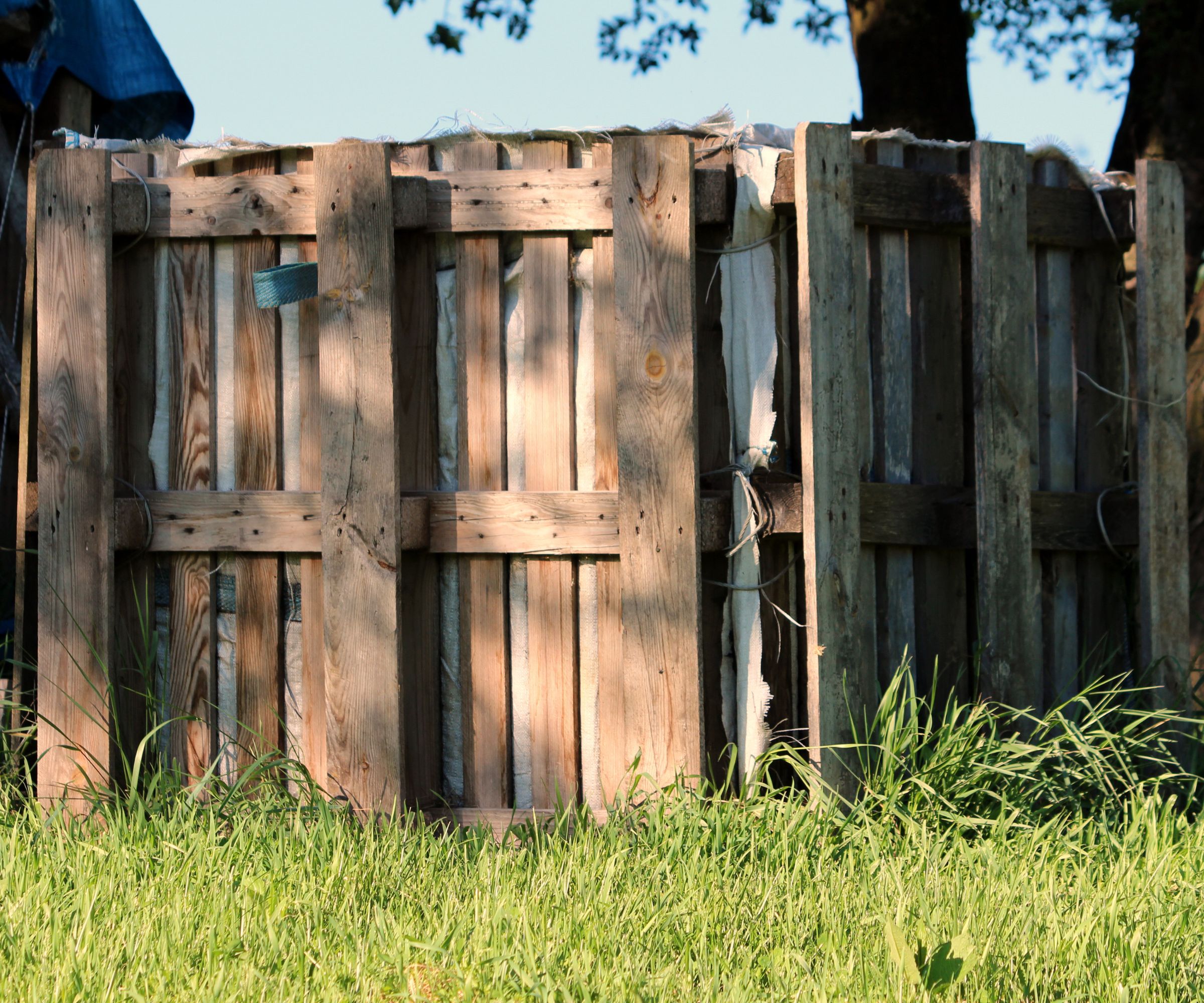
The first step is to choose the ground for your pallet bin. A compost bin in the wrong spot can be difficult to use, and with poor sun conditions, you may not create much compost at all. The best spot is somewhere with a roughly even split of sun and shade. Too much sun will dry out the compost and prevent it from breaking down; too little will slow down decomposition.
You should also try and keep the compost bin away from the house. It means a little more effort to add household kitchen waste but keeps smelly compost away from social areas.
How to make a simple pallet compost bin
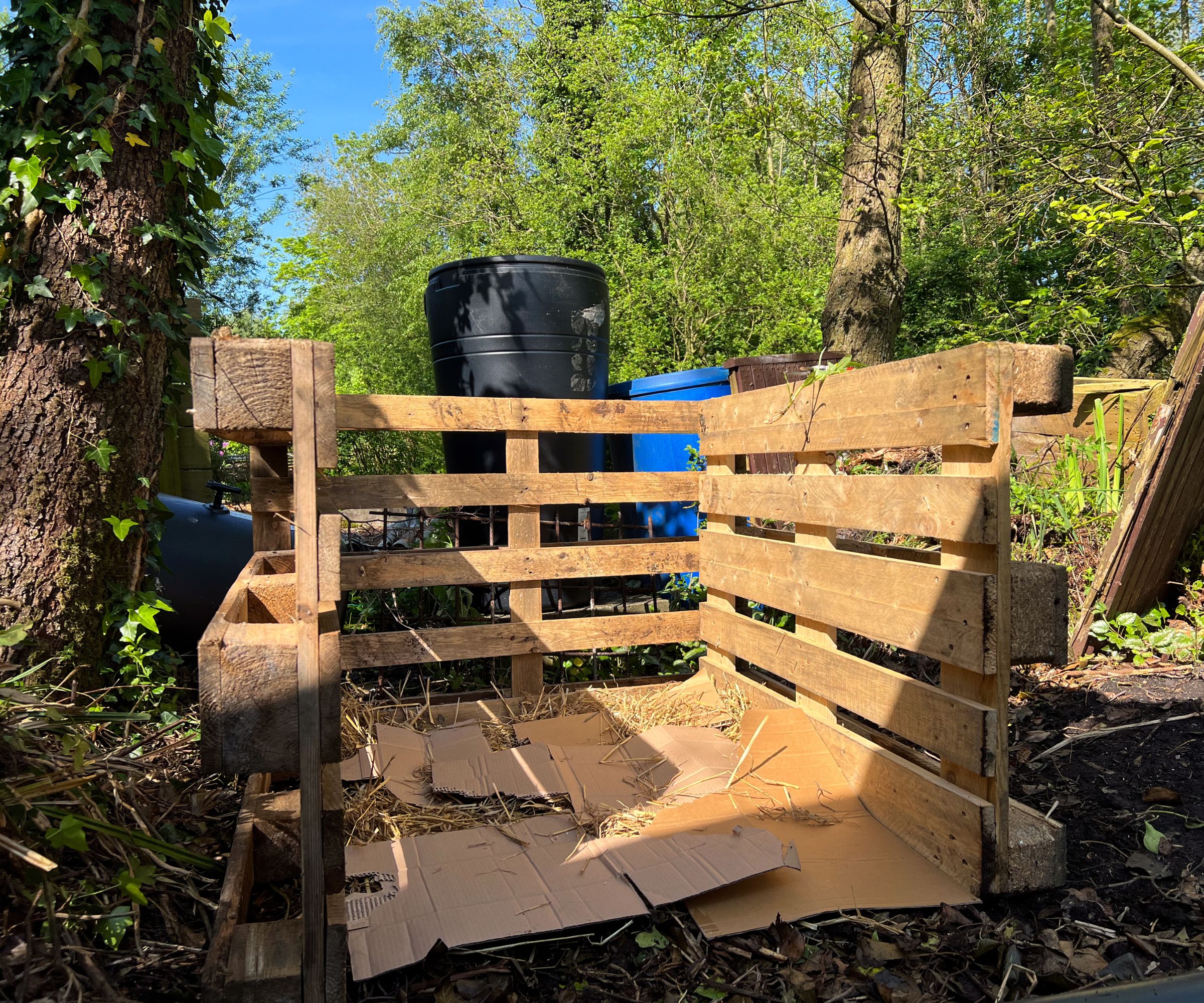
The simplest way to make a pallet bin is to lash together three pallets. Stand three pallets on their ends in an open cube shape, like the letter U. Make sure the deck boards are facing up.
Pallets are heavy enough that they should stand upright without support, but you can provide support by driving stakes through the gaps in the deck boards - that's why these should be facing up.
Gardening expert and Content Editor for Homes & Gardens Drew Swainston says 'I made simple U-shaped beds made out of three old pallets. Each pallet has two stakes - one at each end - driven through the gaps to keep them upright - which is especially necessary on my windy plot. Without the stakes, the sides would simply topple over constantly.'
Then connect the three pallets to each other. There are lots of ways to do this. You can use rope, zip ties, or screws. Screws are the most secure way of fixing the pallets, but this method takes the longest. Rope is cheap and fast, but you have to know your knots to ensure the structure is firm. Zip ties are the easiest method, but you may want to avoid these if you worry about introducing plastic to your yard. Ultimately it doesn't matter. Drew says 'It may not be the most glamorous option, but the corners of my pallets are simply tied together with old, recycled wire. However, you can use zip ties, rope, or nails to keep the pallets together and the compost bay upright. '
Once the pallets are fixed to each other, the job is done. All you need to do is add some sticks in the bottom to create a little aeration and then you can start composting. However, you can take things up a notch.

Drew qualified as a journalist and wrote for many websites and publications, before studying for a horticulture qualification. He worked as a professional gardener for several years, specializing in kitchen gardening. He's now bringing his expertise and passion to Homes & Gardens.
How to make a bespoke pallet compost bin
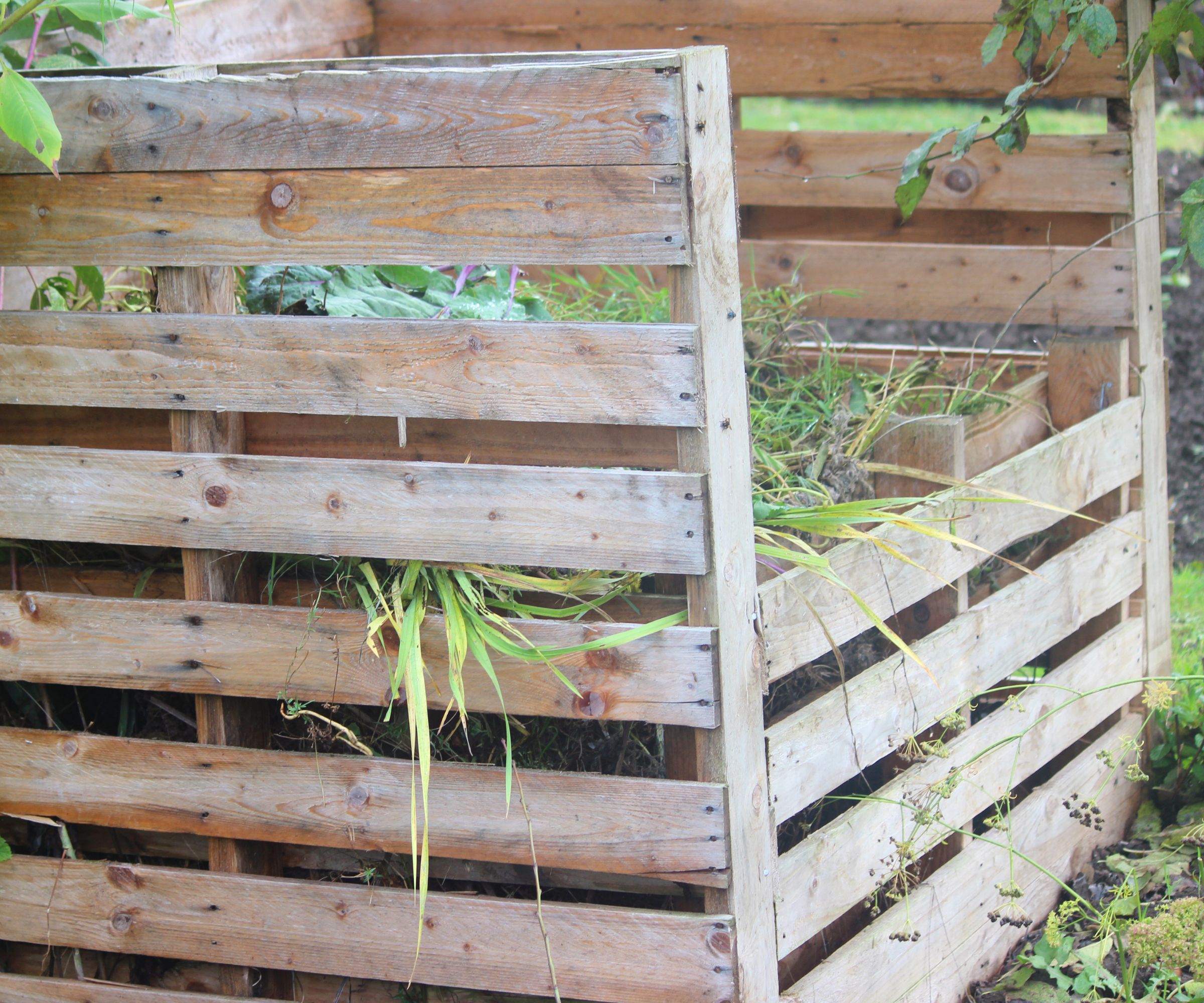
The above method will work fine, but a little extra work can turn a makeshift bin into a permanent garden feature.
You follow the same steps as above, but rather than leave the compost bin open, you can build a door. Take a fourth pallet and cut it in half to make a door. You want this pallet to be cut to around your midriff to make it easier to add compost, and this will stop the heap from spilling out onto the lawn. You can use a pallet buster like this from Amazon to help break down the pallets as you need.
You can attach this door pallet to the other pallets as in the simple method, but this makes it harder to turn over the compost and achieve proper aeration. The best way to attach the door is to use hinges on one side. You can use a bolt lock on the other side to ensure the pallet door stays closed. This will keep all the compost inside the bin while ensuring easy access for adding new material and turning it over.
Then, cut chicken wire to size and then screw it to the sides of all the pallets and the pallet door. This helps to keep compost inside, but more importantly, prevents pests like raccoons from rooting around in your compost.
Drew says 'Adding chicken wire to the interior sides of the pallets keeps all the compost in the bay while providing air circulation throughout the pile. The chicken wire is not essential, but it can be advantageous. For me, I added chicken wire as the pallets I used were not all identical, with the spaces between the slats varying and one missing a slat - so I didn’t want waste coming out of any of the gaps.'
After that, top the bin with a tarpaulin to help keep the compost warm in cold months and encourage the decomposition process. This method will give you a much sturdier bin that's a lot easier to use.
In larger gardens you can combine them to make daisy-chain pallet bins
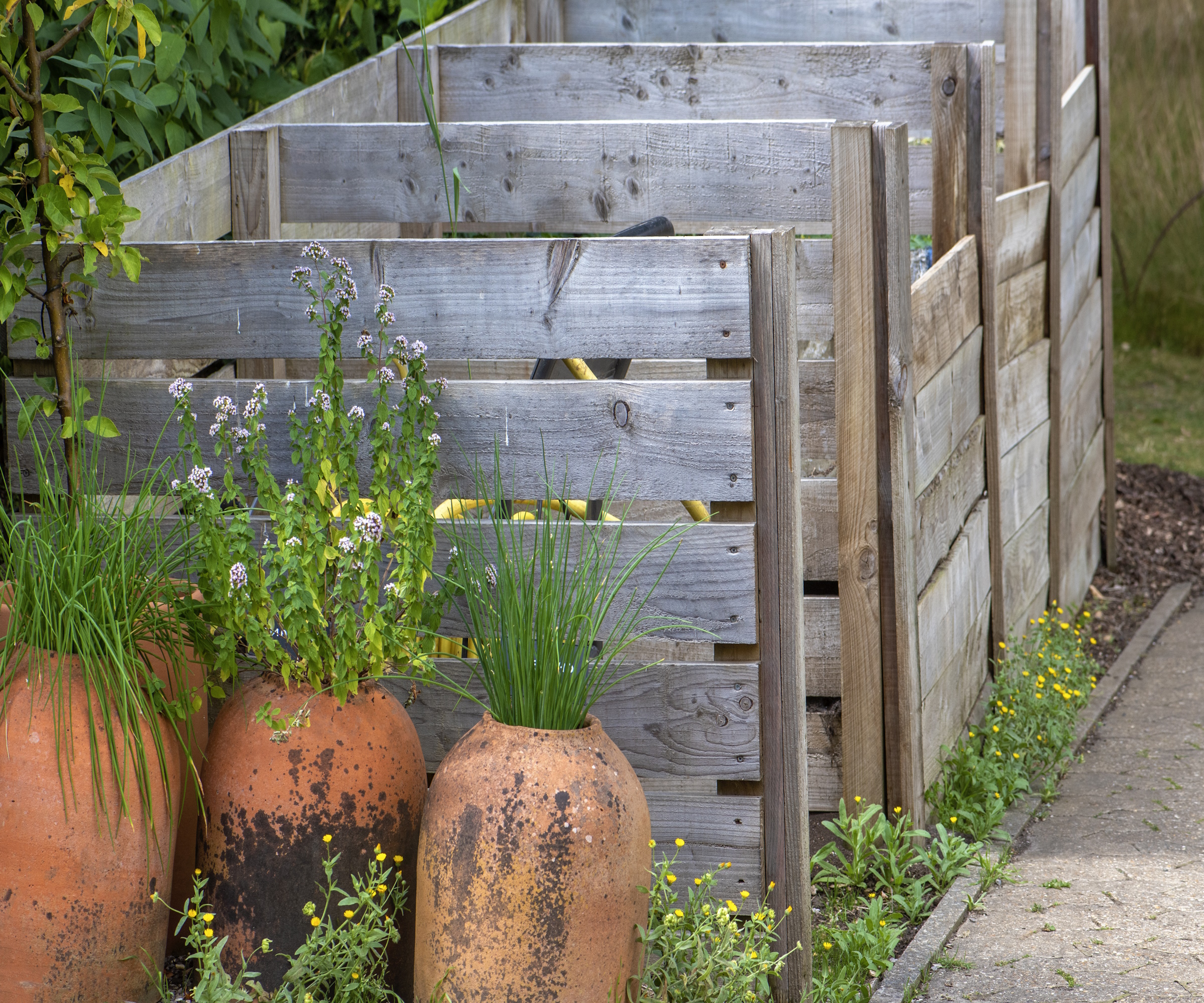
Another benefit of pallet compost bins is that you can combine them into multiple bins. You can use two extra pallets attached to the side of an existing bin to create a double compost bin, and this makes for more efficient composting.
Drew says, 'When my first U-shaped bed filled up, it was very easy to add another bay with another two pallets to form a second U-shape on the side of the existing bay. Having two bays means I can turn the compost from bay to bay and have one bay for the current material and one full of decomposing material. '
Garden expert Andrew Marshall explains that, 'Some people will also make use of two pallet compost bins side by side - and so whilst one of those bins is in active use, the other might be dormant as it's slowly turning into compost. Having two side-by-side can make your life easier, as at some point you will likely have to shift one heap to the other if you begin to run out of space.'

Andrew is a wildlife gardener specialising in environmentally and wildlife-friendly garden design. Andrew has developed his landscaping and design skills to incorporate a wide range of design influences whilst always incorporating a natural organic element with wildlife in mind.
Pallets aren't the only thing you can reuse in a garden. There are lots of ways of reusing old yard hoses, plastic bottles, and even clothes to make your gardening even greener.
Sign up to the Homes & Gardens newsletter
Design expertise in your inbox – from inspiring decorating ideas and beautiful celebrity homes to practical gardening advice and shopping round-ups.

As a gardens and lifestyle contributor, Alex makes sure readers find the right information to help them make the best purchase. Alex got his start in reviewing at the iconic Good Housekeeping Institute, testing a wide range of household products and appliances. He then moved to BBC Gardeners’ World Magazine, assessing gardening tools, machinery, and wildlife products.
You must confirm your public display name before commenting
Please logout and then login again, you will then be prompted to enter your display name.
-
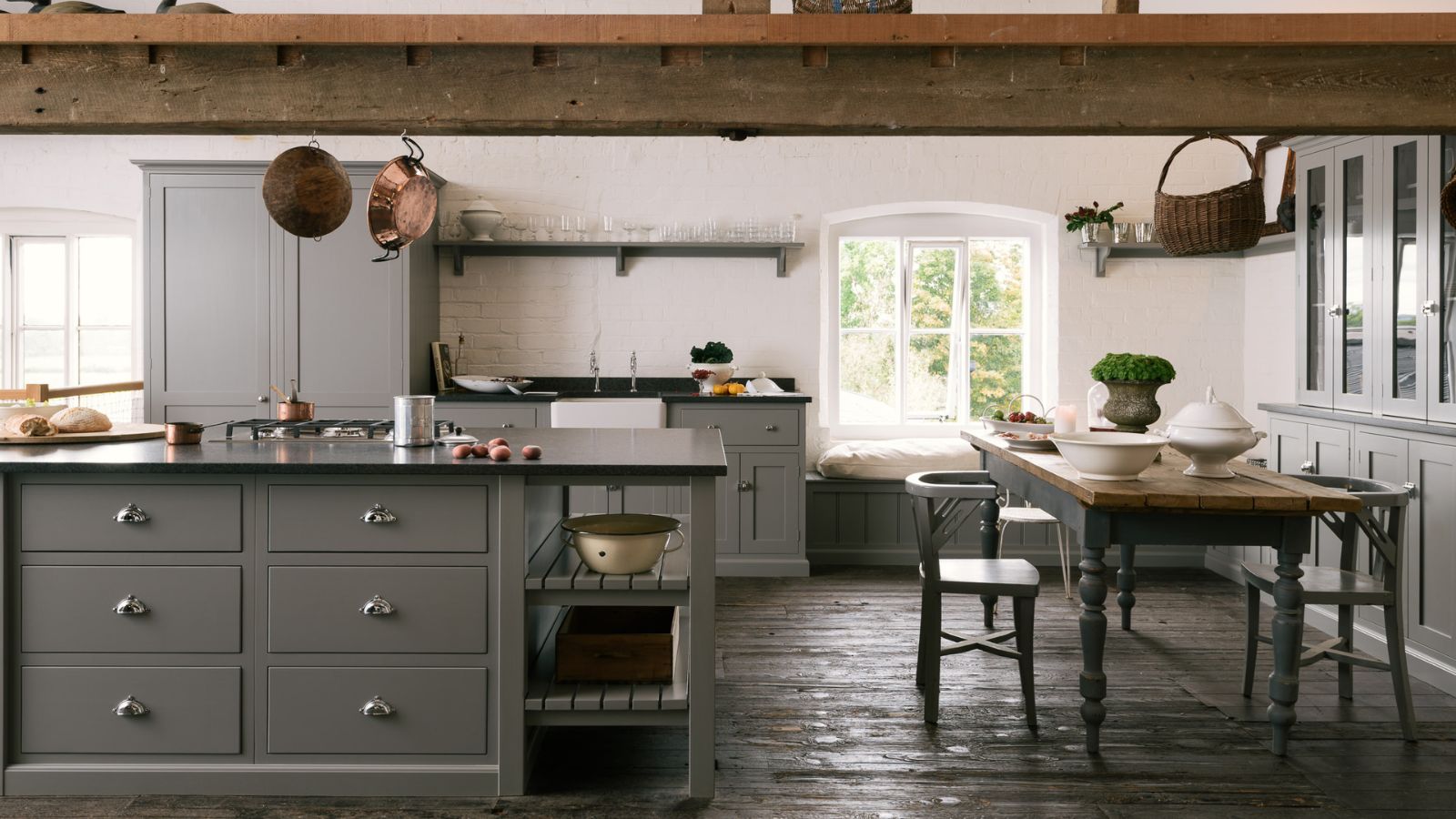 Should I choose a kitchen island or a kitchen table? This is the expert advice that helped me decide
Should I choose a kitchen island or a kitchen table? This is the expert advice that helped me decideIt's all about how you use your space
By Molly Malsom Published
-
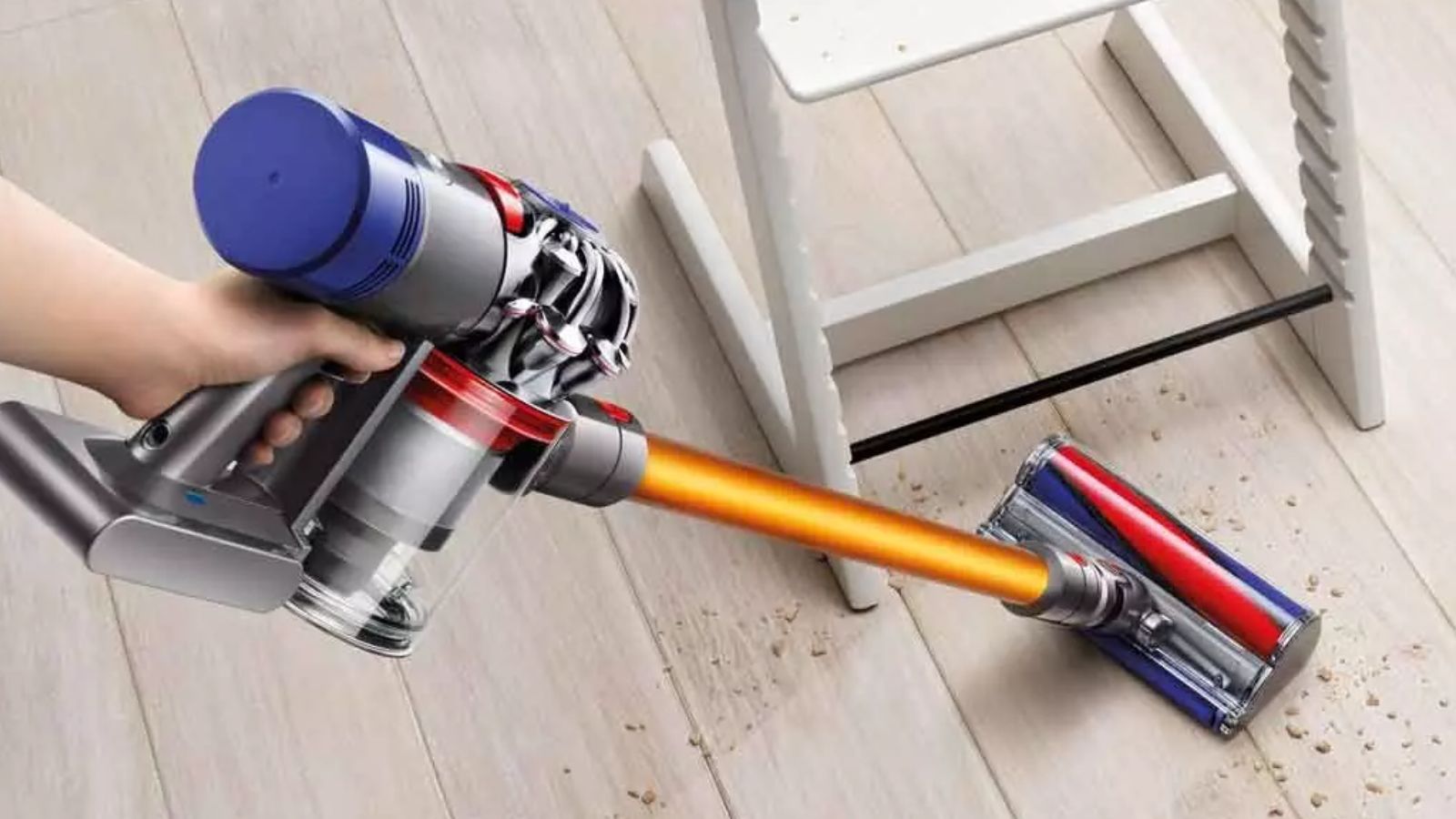 A $170 limited-time discount makes this the most affordable Dyson cordless vacuum on the market right now
A $170 limited-time discount makes this the most affordable Dyson cordless vacuum on the market right nowYears after its release, the Dyson V8 still impresses us with its features and power
By Dan Fauzi Published